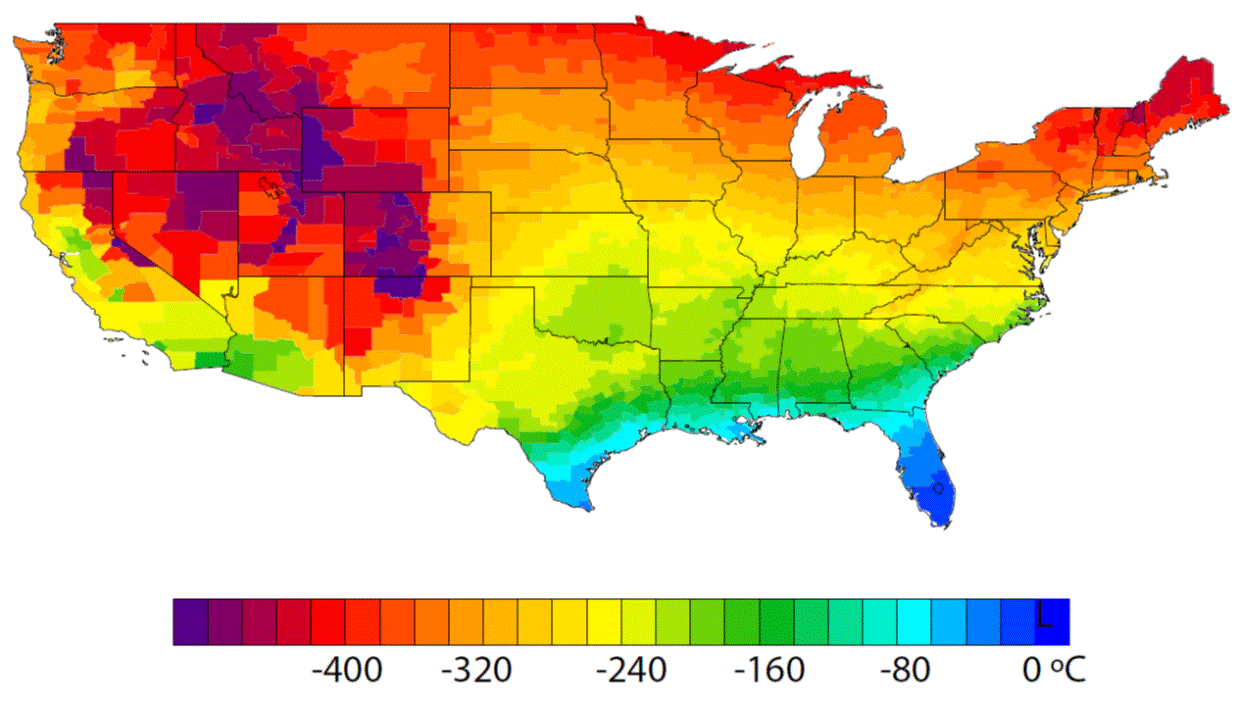
Filter News
Area of Research
- (-) Computer Science (16)
- (-) Energy Science (76)
- (-) Materials (69)
- (-) Neutron Science (29)
- Advanced Manufacturing (6)
- Biology and Environment (43)
- Building Technologies (1)
- Computational Biology (1)
- Computational Engineering (3)
- Electricity and Smart Grid (1)
- Functional Materials for Energy (1)
- Fusion and Fission (12)
- Fusion Energy (8)
- Isotope Development and Production (1)
- Isotopes (27)
- Materials for Computing (15)
- Mathematics (1)
- National Security (37)
- Nuclear Science and Technology (22)
- Nuclear Systems Modeling, Simulation and Validation (1)
- Quantum information Science (8)
- Supercomputing (120)
News Topics
- (-) Advanced Reactors (9)
- (-) Artificial Intelligence (22)
- (-) Composites (19)
- (-) Computer Science (52)
- (-) Coronavirus (23)
- (-) Cybersecurity (12)
- (-) Isotopes (13)
- (-) Microscopy (29)
- (-) Space Exploration (8)
- (-) Statistics (1)
- 3-D Printing/Advanced Manufacturing (92)
- Big Data (12)
- Bioenergy (34)
- Biology (19)
- Biomedical (23)
- Biotechnology (5)
- Buildings (38)
- Chemical Sciences (35)
- Clean Water (11)
- Critical Materials (19)
- Energy Storage (88)
- Environment (67)
- Exascale Computing (4)
- Fossil Energy (3)
- Frontier (4)
- Fusion (8)
- Grid (41)
- High-Performance Computing (13)
- Hydropower (3)
- Irradiation (1)
- ITER (1)
- Machine Learning (15)
- Materials (100)
- Materials Science (99)
- Mathematics (3)
- Mercury (3)
- Microelectronics (1)
- Molten Salt (3)
- Nanotechnology (45)
- National Security (7)
- Neutron Science (128)
- Nuclear Energy (23)
- Partnerships (16)
- Physics (30)
- Polymers (22)
- Quantum Computing (4)
- Quantum Science (18)
- Security (8)
- Simulation (4)
- Summit (10)
- Transportation (72)
Media Contacts

A team including Oak Ridge National Laboratory and University of Tennessee researchers demonstrated a novel 3D printing approach called Z-pinning that can increase the material’s strength and toughness by more than three and a half times compared to conventional additive manufacturing processes.

IDEMIA Identity & Security USA has licensed an advanced optical array developed at Oak Ridge National Laboratory. The portable technology can be used to help identify individuals in challenging outdoor conditions.

Oak Ridge National Laboratory is training next-generation cameras called dynamic vision sensors, or DVS, to interpret live information—a capability that has applications in robotics and could improve autonomous vehicle sensing.

Using additive manufacturing, scientists experimenting with tungsten at Oak Ridge National Laboratory hope to unlock new potential of the high-performance heat-transferring material used to protect components from the plasma inside a fusion reactor. Fusion requires hydrogen isotopes to reach millions of degrees.

A detailed study by Oak Ridge National Laboratory estimated how much more—or less—energy United States residents might consume by 2050 relative to predicted shifts in seasonal weather patterns

Researchers at Oak Ridge National Laboratory are taking inspiration from neural networks to create computers that mimic the human brain—a quickly growing field known as neuromorphic computing.

A study led by Oak Ridge National Laboratory explored the interface between the Department of Veterans Affairs’ healthcare data system and the data itself to detect the likelihood of errors and designed an auto-surveillance tool

Scientists have discovered a way to alter heat transport in thermoelectric materials, a finding that may ultimately improve energy efficiency as the materials

Ionic conduction involves the movement of ions from one location to another inside a material. The ions travel through point defects, which are irregularities in the otherwise consistent arrangement of atoms known as the crystal lattice. This sometimes sluggish process can limit the performance and efficiency of fuel cells, batteries, and other energy storage technologies.

Oak Ridge National Laboratory is using artificial intelligence to analyze data from published medical studies associated with bullying to reveal the potential of broader impacts, such as mental illness or disease.


